.
First Light Images from Ultraviolet Imaging Telescope (UVIT) payload onboard ASTROSAT in Orbit
Ultraviolet Imaging Telescope (UVIT) is the long wavelength eye of the multi-wavelength satellite ASTROSAT, which carries telescopes giving a spectral coverage from hard X-rays to ultraviolet. The satellite was launched on September 28, 2015. Soon after the launch testing of the X-ray telescopes followed. The subsystems of UVIT, e.g. the detectors, were also checked with the doors closed to isolate the optics from degassing of the S/C. The doors of UVIT opened on November 30 and it was pointed to a relatively bright field at high declination and images were taken. This note describes the impressions from these images regarding performance of the payload.
The Performance Parameters of UVIT
UVIT is configured as two Cassegrain-telescopes each of ~ 375 mm aperture. One of the telescope images in 130-180 nm (FUV) and the other images in 200-300 nm (NUV) and 320-550 nm (VIS). A suit of filters allow further selection of a narrower wavelength band for all the three detectors. The field is ~ 28’ in diameter and the most important specifications for imaging are: a) spatial resolution (FWHM) of the ultraviolet images <1.8”, b) sensitivity in 130-180 nm ~ AB mag 20 in 200 s of exposure.
The Source
For the first light observations an open cluster of stars in our Galaxy, NGC 188, was chosen. This selection was based on the need to have the first pointing in a direction well away from the equatorial plane to keep the operations of pointing simple, and to have a source which has a variety of stars but not a very high density of stars. This open cluster (a group of stars which are gravitationally bound) is many billion years old and contains ~ 1500 stars. It is located at a distance of ~ 6000 light years in the constellation Cepheus. The cluster has several bright stars which are easily recognisable and are suitable for a first light exposure. Though this source is not a primary standard, it has been studied in details by the past missions so that a good idea of the performance of UVIT can be obtained from these images. Imaging of weak sources, with the proposed resolution of 1.8”, requires corrections for the small drift of the S/C (<0.5”/s) by images obtained with the visible detector. Therefore, in order to keep the analysis simple, it was important to have bright sources so that sensible images could be obtained in a few seconds in the ultraviolet and used for self-correction of the drift.
Preliminary Impressions on the Performance
The images were taken for several minutes with all the three detectors; the UV detectors worked in photon-counting mode to detect each individual photon, while the visible detectors worked in integration mode (like a typical CCD-camera). As the pointing has some drift, the images are taken in short (<~ 1s) exposures and are added together after correcting for the drift. This procedure is easily implemented for this field as bright stars (mag < 15) are available in the field. The final images are presented in the figure below.
.
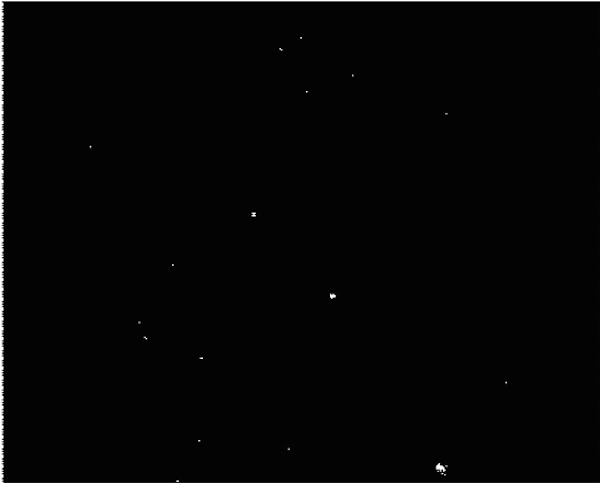
.
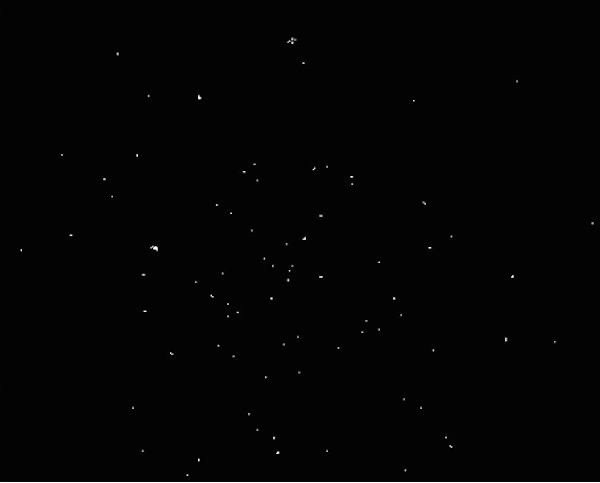
.
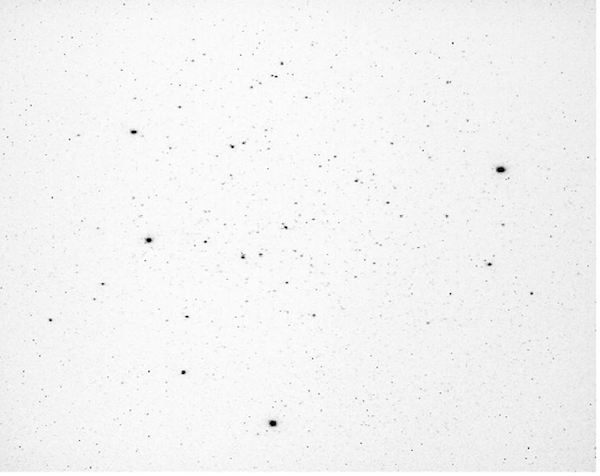
Figure: Final images from the FUV (top), NUV (middle), and VIS (bottom) detectors are shown. Please note that axes in the three images are not aligned but the angular coverage is nearly identical. While the UV images have been processed to correct for the drift, the VIS image has not been processed for this.
Detailed view of the bottom-most star in the FUV image is shown below. This is a very bright star and the image suffers from effects of saturation in the detector. The central peak is immediately surrounded by a moat (which is almost devoid of any photons) and an outer ring which is outer part of the wings in PSF: this structure can be explained by the effects of saturation when the average photon rate exceeds one per exposure.
.
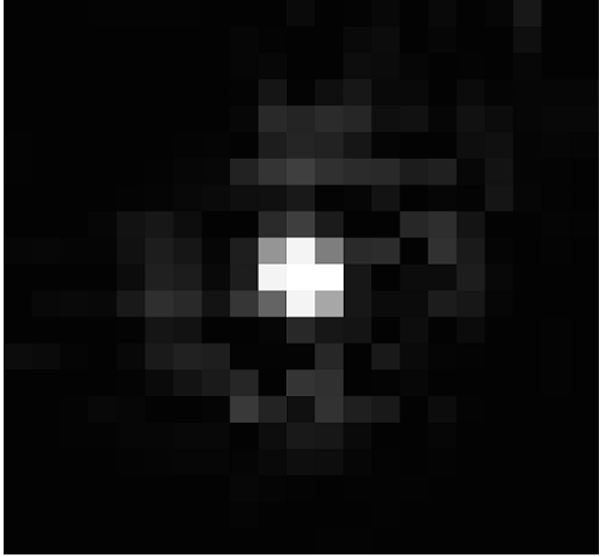
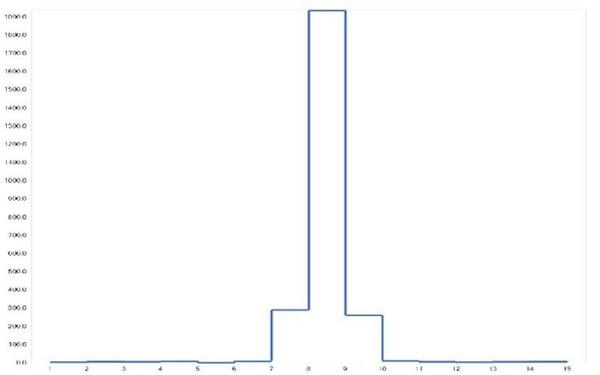
The recorded counts of the photons in the FUV detector show that sensitivity of the FUV channel is as per the expectation.
Conclusion
This analysis of the first light images suggests that the most important performance-parameters of UVIT (PSF and FUV-sensitivity) meet the expectations. More observations for the calibrations and more rigorous analysis of the data would follow for full characterisation of the payload. We look forward to flood of excellent results on ultraviolet astronomy of stars, clusters, galaxies etc.
UVIT project is a collaborative effort of IIA (Bengaluru), IUCAA (Pune), TIFR (Mumbai), and ISRO from India, and CSA of Canada.
Quelle: ISRO
4297 Views
